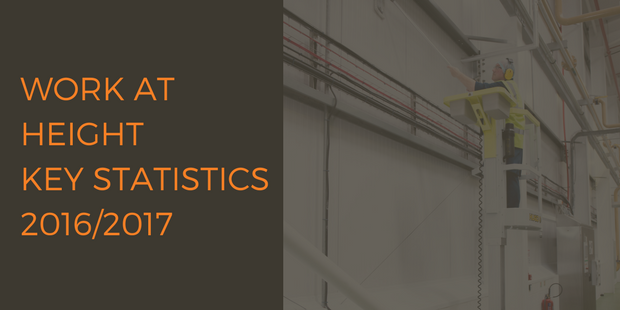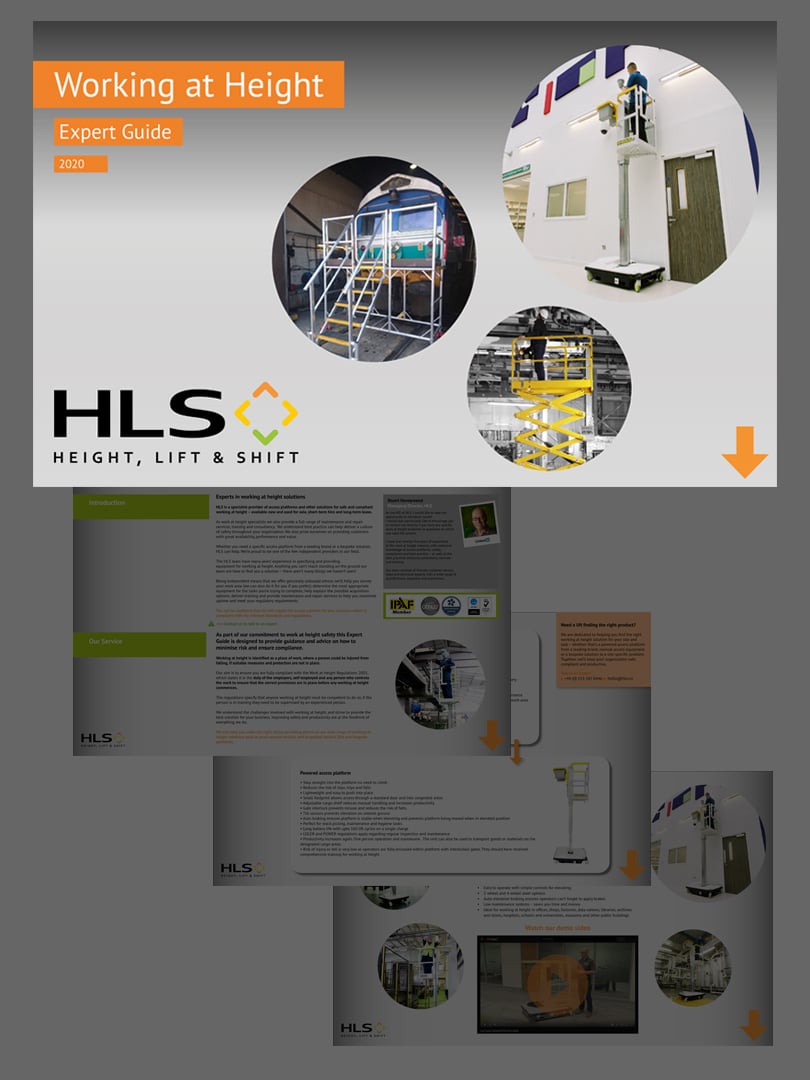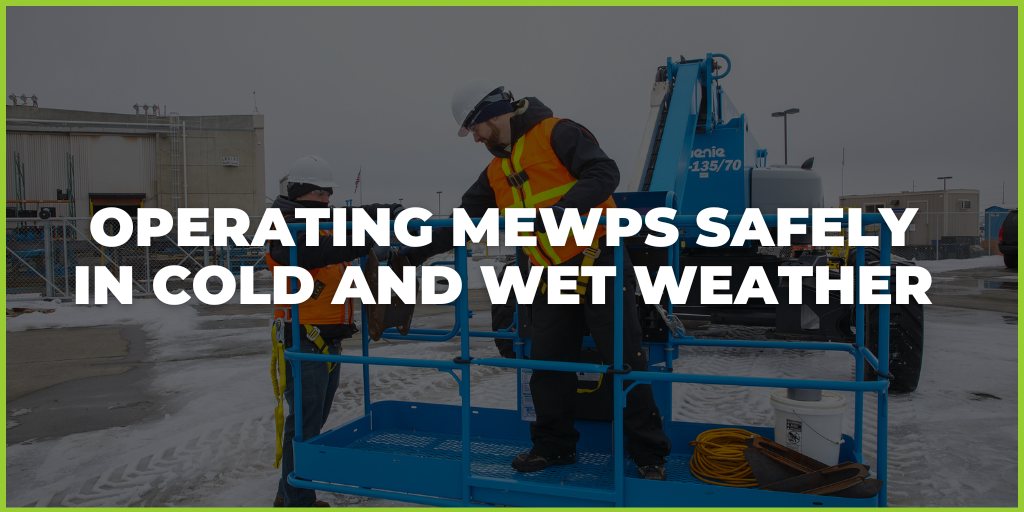Working at height continues to be one of the biggest risks in the workplace. Despite improvements in safety awareness and equipment, falls from height remain one of the leading causes of fatal and serious injuries across multiple industries. Understanding the statistics helps us see the scale of the problem and highlights why planning, training, and proper equipment are essential.
In this blog, we will break down the key work at height statistics from 2016/2017, explain the main causes, and outline why compliance with safety regulations is vital to reducing risks.
Falls from height: A leading cause of workplace fatalities
Falls from height are one of the main causes of both fatalities and major injuries at work. In the year 2016/2017 alone, 137 people lost their lives as a result of workplace accidents. Of these, falls from height were a primary cause and accounted for 25 fatal injuries.
While this figure was lower than the previous year (37 fatalities in 2015/2016), it still represents a significant proportion of workplace deaths. It also highlights the ongoing need for employers and employees to treat working at height with extreme caution.
Causes of fatal injuries at work
When we look at the breakdown of fatal injuries in the workplace for 2016/2017, three categories stand out:
-
23% were caused by being struck by a moving vehicle.
-
18% were caused by a fall from height.
-
16% were caused by being struck by a moving object.
This means that nearly one in five workplace deaths was the result of a fall from height. In other words, preventing falls could immediately save dozens of lives every year.
High-risk industries
Some industries carry a higher risk of falls than others. The statistics show that in 2016/2017, the industries with the highest rates of falls (as reported under RIDDOR) were:
-
Construction – 7 reported cases.
-
Services – 6 reported cases.
-
Manufacturing – 3 reported cases.
These numbers highlight that falls are not confined to construction sites. Warehousing, cleaning, maintenance, and many other sectors involve working at height and carry risks that must be managed.
The impact of a fall from height
When someone is injured in a fall, the impact on both the individual and the business is significant. On average, an employee injured in a fall will be off work for 9.1 days. This not only disrupts operations, but also affects productivity and places strain on colleagues.
Since 2012, an average of 40 people per year have died as a result of falls from height, while a further 8,702 people are seriously injured annually. Behind each statistic is a worker whose life has been changed and a family affected.
Long-term trends
The good news is that over the longer term, there has been a gradual decline in both fatal and non-fatal injuries caused by falls from height. This suggests that awareness, better training, improved equipment, and stricter regulations are making a difference.
However, the numbers remain high enough to show that more must be done to prevent accidents. Every death and every serious injury represents a failure to put adequate controls in place.
Why compliance matters
These statistics underline the importance of complying with the Work at Height Regulations 2005. The law requires employers and those in control of work at height to ensure that all work is properly planned, supervised, and carried out safely. It also requires that risks are eliminated where possible, and where they cannot be eliminated, that suitable protection measures are used.
Compliance is not just about avoiding fines, it is about safeguarding lives. By following best practices, employers can ensure that workers return home safely every day.
Steps to reduce the risk of falls
So, what can businesses do to reduce the risks highlighted by these statistics? Key measures include:
- Planning – No task at height should be carried out without a clear plan in place.
- Equipment – Use the right access equipment for the job and ensure it is well maintained.
- Training – Provide training for all operators and supervisors.
- Risk Assessment – Identify hazards in advance and put controls in place.
- Rescue Plans – Always have a clear plan for emergencies.
- Regular Inspections – Carry out equipment checks before and during use.
- Culture – Encourage open reporting of near misses and safety concerns.
By putting these steps into practice, organisations can significantly lower their risk profile.
Conclusion
The statistics from 2016/2017 show that while progress has been made, falls from height remain one of the biggest threats to worker safety.
Employers must take the Work at Height Regulations seriously, implement safety procedures, and make use of tools like checklists, risk assessments, and rescue plan templates to ensure compliance.
By planning ahead, providing the right equipment and training, and creating a strong safety culture, we can continue to drive these numbers down and protect lives.





